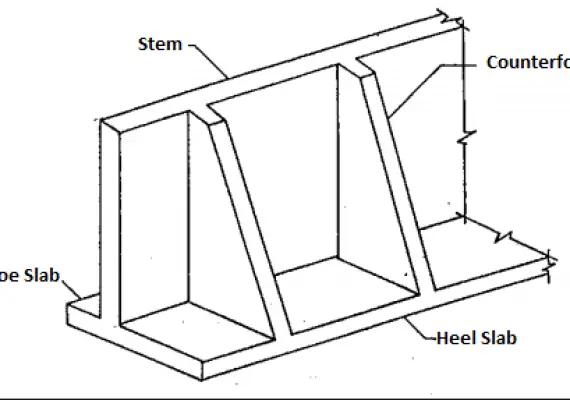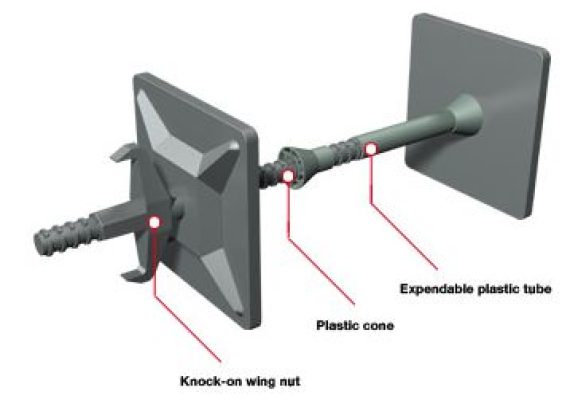What Is Preconsolidation Pressure?
What Is Preconsolidation Pressure?
Preconsolidation pressure is the maximum effective vertical weight or stress that a soil sample has experienced in the past. Preconsolidation pressure is also called preconsolidation stress, pre-compression stress, pre-compaction stress, or preload stress.
It is an important concept in geotechnical engineering, as it helps predict the expected settlement of foundations and embankments.
A soil is called overconsolidated if the current weight or stress acting on it is less than the historical maximum. The preconsolidation pressure can be used to determine the largest weight or stress that can be applied to a soil without causing permanent volume changes.
These volume changes are significant because they can affect shrinkage behavior, the formation of cracks and structures, and resistance to shearing stresses.
If a soil is subjected to weight or stress beyond its pre-consolidation pressure, it will be unable to sustain the increased load and its structure will break down, potentially causing various effects depending on the type of soil and its geologic history.
Other names for preconsolidation pressure include preconsolidation stress, pre-compression stress, pre-compaction stress, and preload stress.
Preconsolidation pressure cannot be measured directly, so it must be estimated using various techniques. One way to do this is to perform tests, such as the constant rate of strain test (CRS) or the incremental loading test (IL), on soil samples taken from the field.
These tests can be expensive and time-consuming, and each sample can only be tested once to obtain reliable results. It is important to follow precise procedures when conducting these tests to ensure accurate results.
There are various methods for determining the preconsolidation pressure from laboratory data, which is typically plotted on a semilog graph of the effective stress (often represented as σ’vc) versus the void ratio. This graph is known as the e log p curve or the consolidation curve.
Preconsolidation Pressure Casagrande Method
Arthur Casagrande developed a graphical method for finding the preconsolidation pressure, a measure of the maximum past stress that a soil has experienced. This method involves analyzing a consolidation curve, which is a graphical representation of the relationship between the void ratio (a measure of the amount of space in a soil sample) and the effective stress (the stress applied to a soil sample minus the pore water pressure).
To use this method, one must:
- Identify the point of maximum curvature on the consolidation curve.
- Draw a horizontal line from this point.
- Draw a line tangent to the curve at the point identified in step 1.
- Bisect the angle formed by the horizontal line in step 2 and the tangent line in step 3.
- Extend the “straight portion” of the virgin compression curve (which represents high effective stress and low void ratio) up to the bisector line in step 4.
- The intersection of the lines in step 4 and 5 is the preconsolidation pressure.


